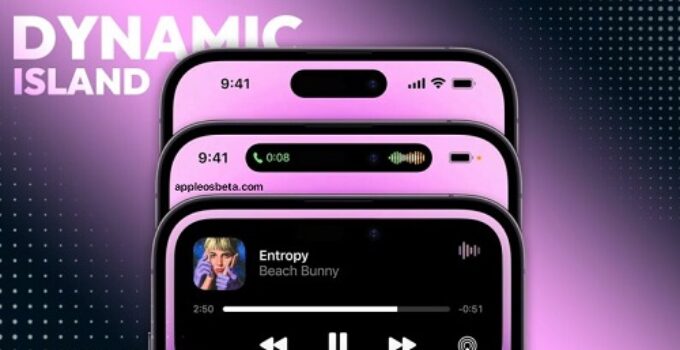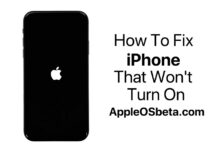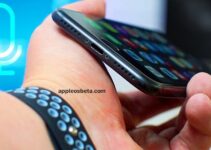How to temporarily disable the Dynamic Island on the iPhone? The Dynamic Island surprised everyone and is one of the most interesting innovations of the new iPhone 14 Pro, but in some cases it can be useful to disable it. Does the content on Dynamic Island distract you on some occasions? Here’s how to temporarily disable it.
Four innovations that will receive the iPad Pro 2022
With the Dynamic Island, a novelty introduced in the iPhone 14 Pro and Pro Max, the display pixels around the Face ID system merge into a pill-shaped area that changes size and shape to show various types of alerts, notifications and interactions , transforming itself into a sort of front information center.
But what if the content that appears on Dynamic Island distracts you, especially when you may be trying to focus on something else on your iPhone screen?
How to deactivate the Dynamic Island?
Unfortunately, there is currently no way to completely disable the Dynamic Island contents, as their behavior is integrated into iOS 16. However, if you are distracted with the Dynamic Island contents, you can disable them. If you are distracted by its animations, it is in fact possible to deactivate them by swiping your finger left or right on the dynamic island, without affecting the related background activities.
For example, if an Apple Music album is playing and you decide to exclude the audio waveform and the image in the dynamic Island with this gesture, the music will continue to be played in the background. The same is true when you delete a timer – it will continue the countdown in the background even if it is no longer visible on the screen.
If the dynamic Island is divided into two background activities and you want to eliminate one or both of them, just use the same scrolling gesture on the larger segment to make it disappear. Then, in the same way, you must then swipe your finger on the remaining activity that extends over the column.
If you delete all the activities on the Dynamic Island, the pill shape will return to its previous default state, letting the user concentrate entirely on the rest of the screen.



